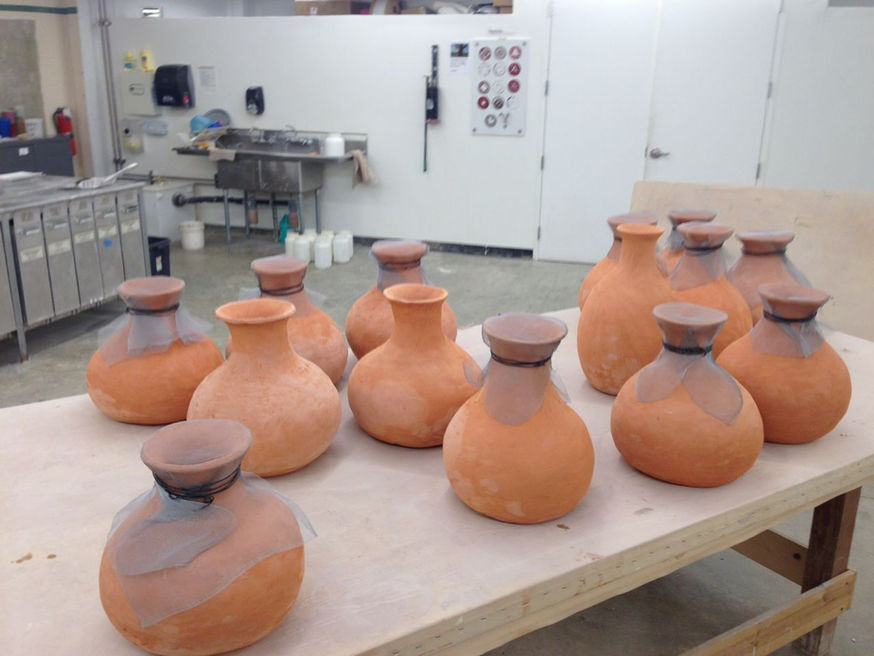MULTI SPECIES COMMONS
We are pleased to announce the opening of the PITZER MULTI-SPECIES COMMONS. As the Andrew W. Mellon Art + Environment Visiting Artist, SPURSE was invited to produce a campus-wide ecological initiative that engaged and transformed Pitzer’s thirty-four acre campus. This ambitious community designed landscape extends, for the first time, our Eat Your Sidewalk ecological initiative into large-scale environmental design. While developing a new way to sense, understand and interact with our urban ecosystems as a multi-species commons, it creatively rethinks the capacities of landscape design, public art, commons practices, urbanism, the ecology of public space. Over the two years of developing this project we challenged ourselves to develop a unique set of tools: an innovative ecological pedagogy, a new collaborative and emergent transdisciplinary design methodology, unique consulting and research techniques that work across species, novel urban design typologies, engaged place-making programming, and much else. These have had a profound impact on our practice and foster what we feel is a transformative way to address the critical ecological questions facing us today. We would like to share a few highlights of the project with you:
Project Highlights:
This project asks “what does it mean to be of a place?” in a manner that gives all members of an ecological community a way to see that they are part of an astonishingly rich urban ecosystem while developing with them a deep, complex and sustained way to transformatively interact as a critical part of this ecosystem. It expands and challenges practices of social responsibility and environmental stewardship by extending the scope of dialog to more than the human, and in doing so brings the plants and animals that make up the community to the table as necessary partners upon whom we come to depend through direct, hands-on engagement.
The project consists of a campus wide ecological engagement and re-inscription strategy that is activated at six key ecological nodes. Here is an overview of two of them:
The Multi-Species Negotiation Center: Made from rammed earth, upcycled building materials, local logs and rocks, this hub contains a gathering area designed to encourage usage by multiple species. The hub includes a large map, chalkboard, and an experimental irrigation/planting area designed to help propagate spontaneous migrant plant growth.
The Material Propagation Site: which uses a water remediation zone to highlight the diversity of useful plants for making everything from paper to dyes to baskets.
A general planting strategy to support the spontaneous growth of plant communities that includes new irrigation methods and plant-human engagement practices:
A map of the campus, located at all key public sites, which presents the area as a complex urban ecosystem and designates zones for ongoing community driven experimentation.
A Foraging Kitchen with a provisional library to encourage the cooking and experimental uses of local plants that makes use of several planters that filter grey water.
An interactive smartphone accessible website that contains detailed notes about the ecology of the campus, foraging recipes and an expansive reading list. Additionally, the website will allow users to tag plants on an interactive map, add notes on what, where, when and how to eat from the campus.
A new urban ecology design pedagogy focused on the development and construction of resilient structures and new social relations that operate outside the traditional logics of Nature and Culture, enclosure, commodification and scarcity by deploying principles of emergent design, collaboration and unique strategies to foster a vibrant commons.
And for the sake of the sheer joy of discovering a fig tree that had found its way to independently colonize a sculptural platform — we made it official by creating a Fig tree “sculpture” that, requiring care and use, will slowly spread its canopy, meeting current and future generations.














